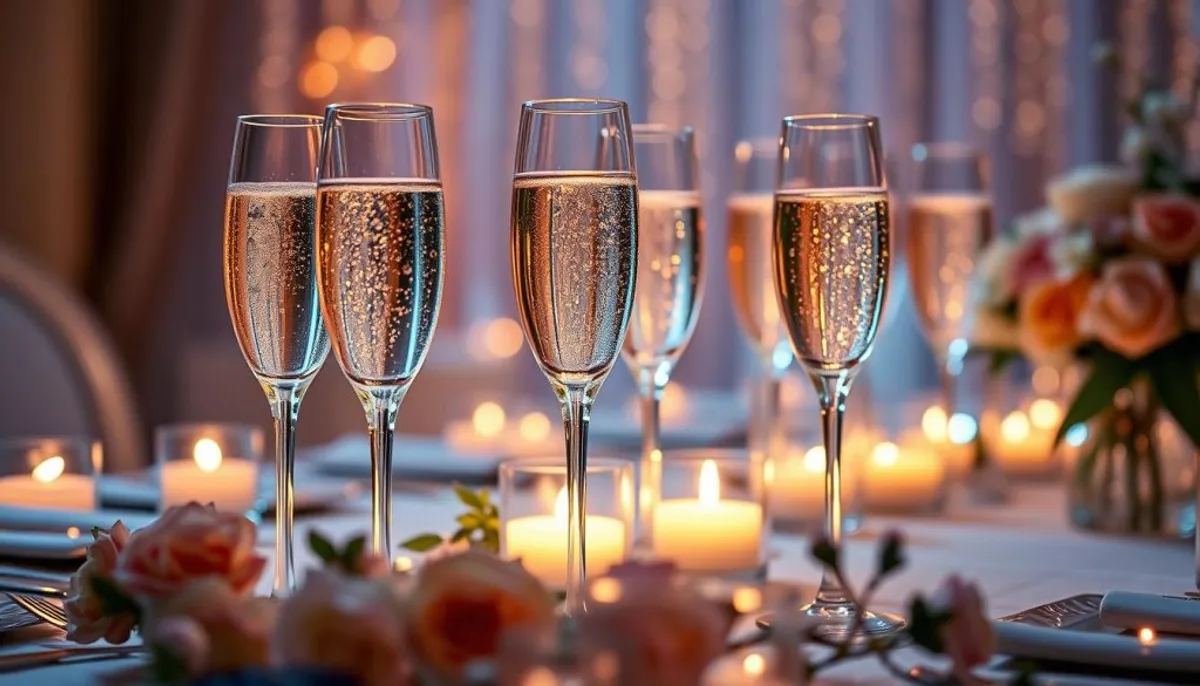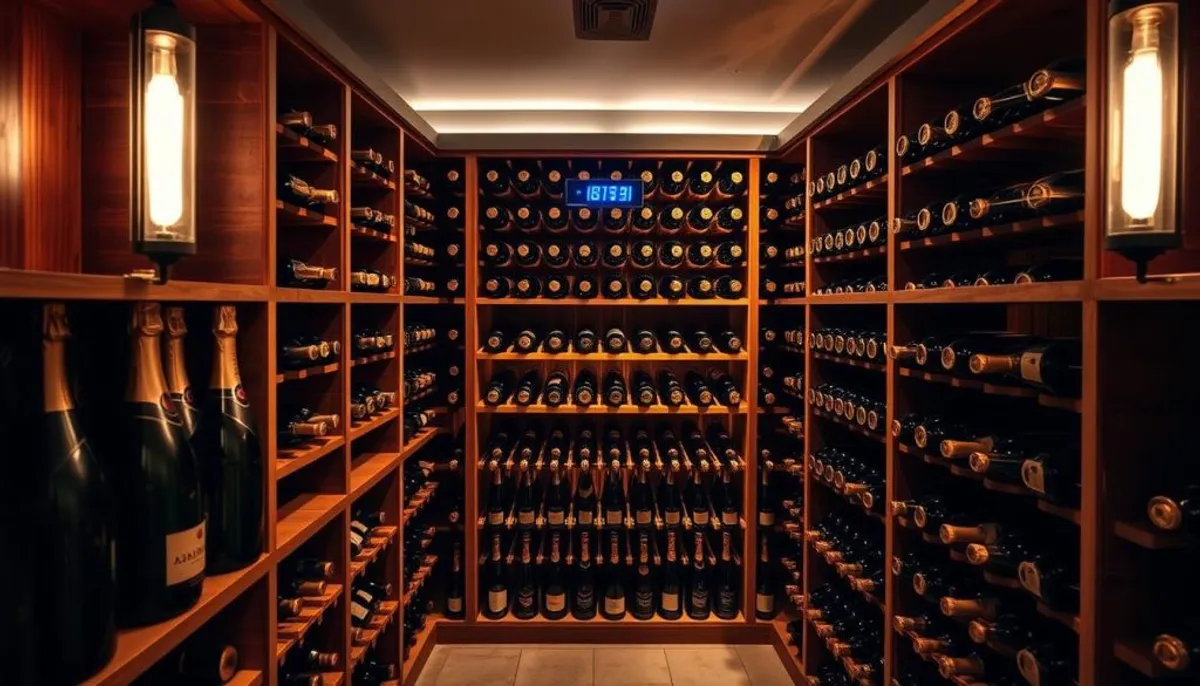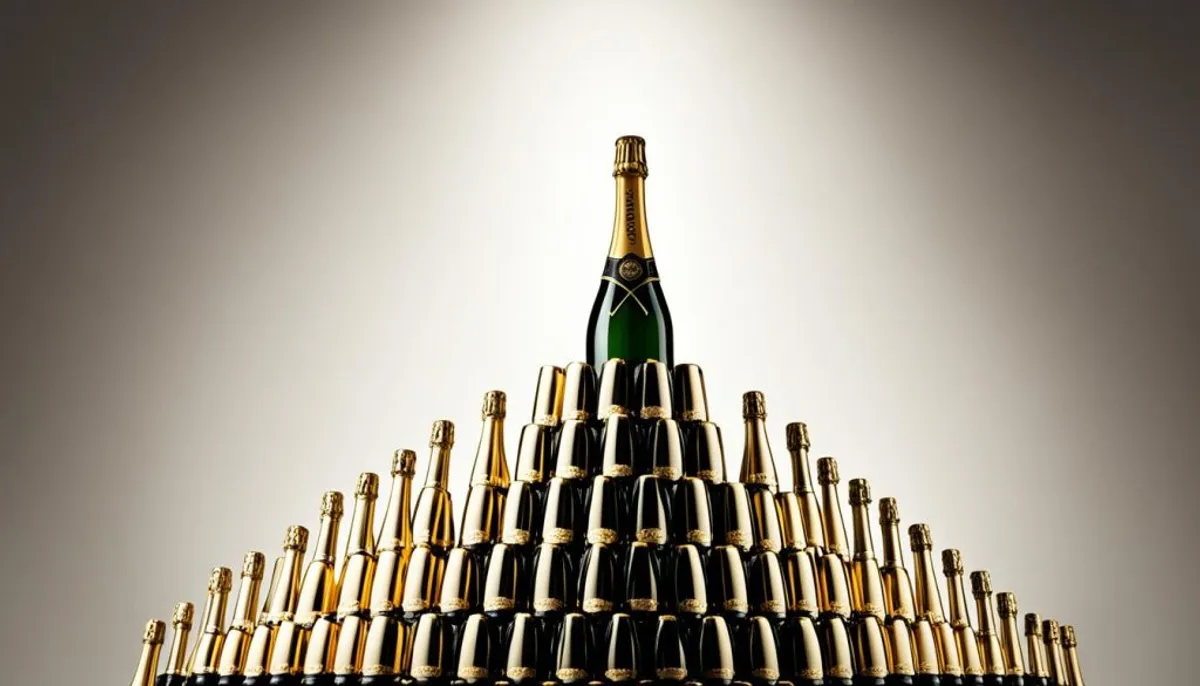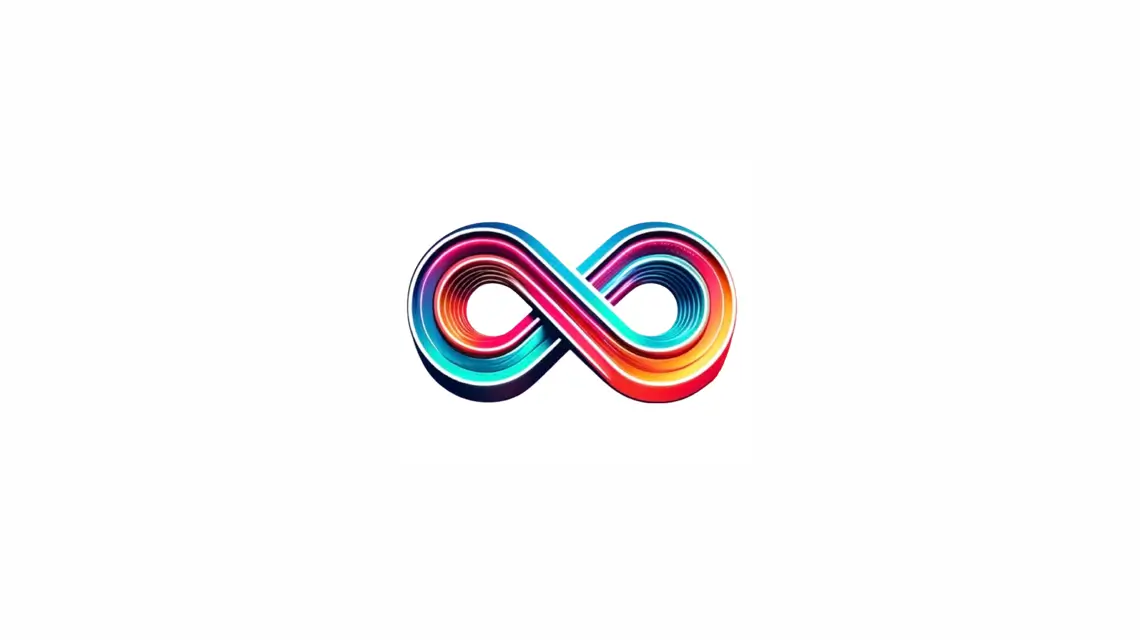
Welcome to the world of champagne, where luxury and effervescence converge in every sip. This guide embarks on a sparkling journey through the finest bubbly the Champagne region has to offer. We will explore the art of champagne appreciation, from selecting the perfect bottle to serving it with flair.
Champagne transcends special occasions, serving as a versatile sparkling wine that pairs well with various cuisines. It can elevate any moment. Whether you’re a novice or a connoisseur, this guide will equip you with the confidence to navigate the complexities of champagne.
We will dive into the unique production methods and explore different styles. Insights from industry experts, such as Mireille Guiliano, former CEO of Veuve Clicquot, will be shared. Prepare to discover why champagne is the pinnacle of sophistication and celebration.
Key Takeaways
- Champagne is produced exclusively in the Champagne region of France
- The méthode champenoise is the traditional production method for champagne
- Champagne comes in various sweetness levels, from Brut to Doux
- Aging categories include Non-Vintage, Vintage, and Multi-Vintage
- Grand Cru is the highest quality classification for champagne
- Proper storage and serving techniques enhance the champagne experience
- Champagne prices range from affordable to luxury, catering to all budgets
Understanding the Magic of Champagne
Champagne’s allure stems from its unique origins and production methods. This sparkling wine has captivated wine enthusiasts for centuries. It offers a taste of luxury in every sip.
What Makes Champagne Special
Champagne’s distinctiveness is rooted in its specific production region and method. The Champagne region in France is the only place where true champagne can be made. This area’s unique terroir significantly contributes to the wine’s exceptional quality.
The Champagne Region Legacy
The Champagne region boasts a rich history of winemaking. It is home to prestigious champagne houses, each with its own secret production methods. The region’s legacy is marked by innovation, such as Madame Clicquot Ponsardin’s riddling technique. This technique transformed champagne into the clear, dry wine we enjoy today.
Traditional Production Methods
The méthode champenoise is central to sparkling wine production in Champagne. This process involves double fermentation, creating the signature bubbles. After initial fermentation, a mixture of sugar and yeast is added before sealing the bottle. This secondary fermentation produces carbon dioxide, resulting in the beloved bubbles.
| Step | Process | Result |
|---|---|---|
| 1 | Grape Harvesting | Select grapes from Champagne region |
| 2 | First Fermentation | Create base wine |
| 3 | Blending | Mix wines from different vintages |
| 4 | Second Fermentation | Create bubbles in bottle |
| 5 | Aging | Develop complex flavors |
| 6 | Riddling | Remove sediment |
| 7 | Disgorgement | Remove yeast |
| 8 | Dosage | Add sugar to determine sweetness |
The Champagne Lady’s Guide to Selection
Choosing the perfect champagne can be thrilling. Let’s explore the key factors that make each bottle unique and delightful.
Choosing Based on Sweetness Levels
Champagne comes in various sweetness levels to suit different palates. Brut, the most common, offers a dry taste. Demi-Sec provides a semi-sweet option, while Doux caters to those who enjoy a sweeter bubbly. Your preference will guide your selection.
Understanding Aging Categories
Aging plays a crucial role in champagne’s flavor profile. Non-Vintage blends wines from different years, offering consistent taste. Vintage champagnes, aged for at least 3 years, showcase a specific year’s character. Multi-Vintage combines the best of both worlds, creating complex flavors.
Decoding Label Classifications
Labels reveal much about a champagne’s quality. Grand Cru and Premier Cru indicate top-tier vineyards, while Autre Cru represents other quality regions. These classifications help you gauge the champagne’s prestige and potential taste profile.
| Classification | Meaning |
|---|---|
| Grand Cru | Highest quality vineyards |
| Premier Cru | Second-highest quality vineyards |
| Autre Cru | Other quality regions |
With this guide, you’re ready to select your perfect bottle of champagne. Remember, the best choice is the one that delights your taste buds and fits the occasion.
Premium Champagne Houses and Their Signatures
The Champagne world is filled with esteemed houses, each with its own distinct mark. Veuve Clicquot is celebrated for pioneering Vintage and blended Rosé champagnes. Their Brut Yellow Label, a favorite among many, is made from grapes from Grands or Premiers Crus vineyards.
Taittinger, the second largest vineyard owner, spans over 700 acres. Their Comtes de Champagne Blanc des Blancs undergoes a remarkable ten-year aging process. This sets it apart from other grand marque houses, which typically age their top cuvées for 5-6 years.
Billecart-Salmon is renowned for its refined style, located in the Vallée de la Marne. Krug, dedicated solely to prestige cuvées, crafts its Grande Cuvée by blending dozens of wines from various vintages and ages for at least seven years.
Pol Roger, a favorite of Winston Churchill, is known for its quality and consistency. The house’s cellars in Épernay are part of the extensive underground network. This network includes Moët et Chandon’s impressive 20-mile tunnel system.
| Champagne House | Signature Style | Notable Cuvée |
|---|---|---|
| Veuve Clicquot | Pioneering blends | Brut Yellow Label |
| Taittinger | Extended aging | Comtes de Champagne |
| Krug | Prestige-only production | Grande Cuvée |
| Pol Roger | Consistent quality | Sir Winston Churchill |
These premium houses showcase the rich heritage and innovation that define Champagne. Each contributes uniquely to the region’s esteemed reputation.
Essential Champagne Serving Temperature and Techniques
Mastering the art of champagne temperature and serving techniques can significantly enhance your enjoyment of this luxurious beverage. The ideal serving temperature for champagne is between 46°F and 50°F (8°C – 10°C). This range is crucial for maintaining the delicate flavors and effervescence that champagne is renowned for.
Perfect Temperature Guidelines
To achieve the perfect chill, place your bottle in a metal bucket filled with ice and water for 20 minutes. For older vintages or grand cuvées, aim for a slightly warmer range of 53.5°F to 57°F (12°C – 14°C). It’s important to note that champagne warms up quickly once poured. Thus, it’s advisable to start with a cooler temperature.
Professional Serving Methods
When serving, tilt the glass at a 45-degree angle and pour slowly along the side. This method helps maintain carbonation and preserves the prized bubbles. Fill glasses about two-thirds full to allow for the aroma to develop. Always serve ladies first, followed by gentlemen, and end with the host.
Cork Opening Safety Tips
Cork safety is paramount when opening champagne. Hold the bottle at a 45-degree angle, away from people and breakables. Gently twist the bottle while holding the cork steady. As pressure releases, ease the cork out with a soft ‘sigh’ rather than a loud pop. This approach preserves the bubbles and prevents accidents.
| Temperature | Champagne Type | Serving Method |
|---|---|---|
| 46°F – 50°F | Standard Champagne | Flute or White Wine Glass |
| 53.5°F – 57°F | Vintage/Grand Cuvée | White Wine Glass |
By adhering to these guidelines, you can ensure a safe, stylish, and enjoyable champagne experience for all your guests.
Champagne Glassware and Presentation
The right glassware significantly enhances your champagne experience. We will explore the various types of champagne glasses and how to present them with elegance.
Coupe vs Flute vs Tulip
Champagne glasses are categorized into three primary styles: coupe, flute, and tulip. The coupe boasts a broad rim and shallow bowl, ideal for vintage charm. Flutes, with their slim and narrow design, are adept at preserving the bubbles. Tulip glasses, akin to white wine glasses, focus on enhancing the aroma while maintaining the effervescence.
Proper Glass Handling
To preserve the champagne’s temperature, it is crucial to hold the glass by the stem. This method prevents the drink from warming up. Clean, spotless glasses are essential for an impeccable presentation.
Aesthetic Presentation Tips
For a visually striking display, it is advisable to use consistent glassware. Consider adding garnishes such as strawberries or citrus twists. Arrange the glasses in a pyramid for a classic presentation. Remember, the presentation is pivotal in enhancing the champagne experience.
| Glass Type | Best For | Price Range |
|---|---|---|
| Coupe | Vintage appeal | $29.95 – $50 |
| Flute | Bubble preservation | $25 – $40 |
| Tulip | Aroma enhancement | $30 – $45 |
When purchasing champagne glasses, consider shipping costs and return policies. For instance, a recent listing for premium champagne glasses included a $8.00 shipping cost and no returns. Always scrutinize the item details and seller information before making a purchase.
Expert Storage and Preservation Methods
Mastering the art of champagne storage and preservation is crucial for enjoying this luxurious beverage at its finest. Implementing proper aging techniques can significantly enhance your champagne experience. This ensures that every sip is as delightful as it was intended to be.
For unopened bottles, it is recommended to store them on their side in a cool, dark environment. This approach keeps the cork moist, preventing air from entering and degrading the champagne’s quality. The ideal storage conditions involve maintaining a consistent temperature between 50-55°F (10-13°C).

Regarding preservation, unopened champagne can last between 3-5 years when stored correctly. Vintage champagnes, on the other hand, have a greater aging potential, often improving with time. For opened bottles, employing a champagne stopper and refrigeration is advisable. It is best to consume within 1-2 days to preserve the best flavor and effervescence.
For those contemplating long-term champagne aging, professional wine storage facilities are a viable option. These controlled environments provide the optimal conditions for preserving your cherished bottles.
| Storage Type | Temperature | Duration |
|---|---|---|
| Short-term | 45°F (7°C) | 3-4 days |
| Medium-term | 50-55°F (10-13°C) | Few weeks to months |
| Long-term | 50-55°F (10-13°C) | 3-5 years (non-vintage), 5-10+ years (vintage) |
It is important to remember that champagne is best savored fresh. While proper storage can maintain its quality, extended aging is best reserved for rare, exceptional bottles. By employing these expert methods, you can ensure that your champagne remains a delightful indulgence for any occasion.
Champagne Pairings and Occasions
Champagne’s versatility makes it ideal for numerous occasions and food pairings. Its effervescence and acidity elevate celebrations, complementing a broad spectrum of flavors.
Food Pairing Recommendations
Champagne’s compatibility with various cuisines is remarkable. Its acidity and effervescence provide a delightful contrast to salty dishes. A surprising pairing is champagne with potato chips. For a more refined meal, consider these pairings:
- Brut champagne with fried dishes or BBQ chicken
- Rosé champagne with steak dinners
- Blanc de Blancs with ceviche
- Demi-Sec or Doux champagne with desserts
Celebration Suggestions
Champagne is the quintessential symbol of celebrations. Open a bottle for New Year’s Eve, weddings, or personal milestones. For a unique experience, attend a champagne tasting event. In Paris, Cynthia Coutu hosts workshops and tours at woman-owned wineries, blending champagne appreciation with cultural immersion.
Seasonal Serving Tips
Adjust your champagne selection based on the season. In summer, prefer light, crisp champagnes. Cynthia Coutu’s “Bulles et Boules” event offers a unique experience, sipping champagne while playing Pétanque in a park. For winter, choose fuller-bodied champagnes to warm up chilly evenings. Serving champagne with food can prevent headaches and enrich the experience.
Creating Luxurious Champagne Cocktails
Champagne cocktails add a touch of elegance to any celebration. They combine the effervescence of champagne with creative ingredients. This results in visually stunning and delightful drinks.
A simple yet luxurious champagne cocktail combines St. Germain elderflower liqueur with Veuve Clicquot Brut Yellow Label. Add an orange peel garnish for a citrus aroma. For a summer twist, mix in a splash of soda to create a spritzer.
Other classic champagne cocktails include:
- Mimosa: Equal parts champagne and fresh orange juice
- Kir Royale: Champagne with a splash of crème de cassis
- French 75: Gin, lemon juice, sugar, and champagne
The Burj al Arab in Dubai offers a champagne cocktail priced at £838. This extravagant drink features vintage Cognac, rare bitters, and champagne. It’s adorned with 24-carat gold and served in a Swarovski crystal glass.
Experiment with different liqueurs and fresh fruit juices to create unique champagne cocktails. The possibilities are endless, limited only by your imagination and palate. Whether you prefer floral, fruity, or herbal notes, there’s a champagne cocktail recipe waiting to be discovered.
Investment Guide: From Affordable to Prestige Cuvées
Champagne investment presents a pathway to luxury, offering a spectrum from budget-friendly to premium cuvées. Each segment caters to diverse budgets and preferences, ensuring there’s a sparkling choice for everyone.
Entry-Level Luxury Options
Embark on your champagne exploration with Spanish Cava or Italian Prosecco. These alternatives to champagne are both luxurious and economical. Brands like Freixenet Brut and Mionetto Prosecco exemplify excellent value for their price.
Mid-Range Selections
Progress to mid-range selections, such as Chandon Riche Extra Dry or Piper Sonoma Brut. These bottles strike a balance between quality and affordability, ideal for both personal celebrations and gifts.
Premium Investment Bottles
For those serious about champagne investment, premium cuvées are the way to go. Laurent-Perrier Brut L-P and Roederer Estate Anderson Valley Brut are standout choices. These labels are not only prestigious but also tend to appreciate in value over time.

Vintage Dom Perignon bottles are notable for their impressive returns. The 1993 Dom Perignon P2 Plenitude Brut, for instance, saw a remarkable 1,308% price increase from $346 to $4,870 between 2021 and 2023. Even during economic downturns, Dom Perignon’s value remains remarkably stable, with only a 0.6% dip in the 2008 financial crisis.
Prestige cuvées, constituting less than 5% of total champagne production, embody exclusivity and superior quality. These are crafted only in vintage years, aged for at least a decade, and utilize premium grapes from grand cru villages. Their rarity and meticulous craftsmanship significantly enhance their investment potential.
| Champagne Type | Price Range | Investment Potential |
|---|---|---|
| Entry-Level | $15-$30 | Low |
| Mid-Range | $30-$100 | Moderate |
| Premium Cuvées | $100-$5000+ | High |
Conclusion
Our champagne guide has navigated you through the effervescent realm of luxury wine. We’ve explored the Champagne region’s storied past and contemporary serving methods. The evolution of champagne mirrors “The Lawrence Welk Show,” adapting to shifting tastes and preferences.
Welk’s transition from black-and-white to color in 1965 parallels the champagne industry’s evolution. Production soared from 300,000 to 20 million bottles over 50 years. Visionaries like Camille Olry-Roederer and Elizabeth Bollinger significantly influenced the industry’s current state.
Whether you’re an aficionado or a newcomer to fine sparkling wines, this guide empowers you. It arms you with the expertise to elevate your champagne experience. From choosing the ideal bottle to mastering food pairings, you’re now equipped to enjoy this luxurious drink with assurance. Appreciating champagne is akin to exploring a fine art, a journey of discovery. Here’s to your ongoing exploration of this effervescent domain!
RelatedRelated articles



